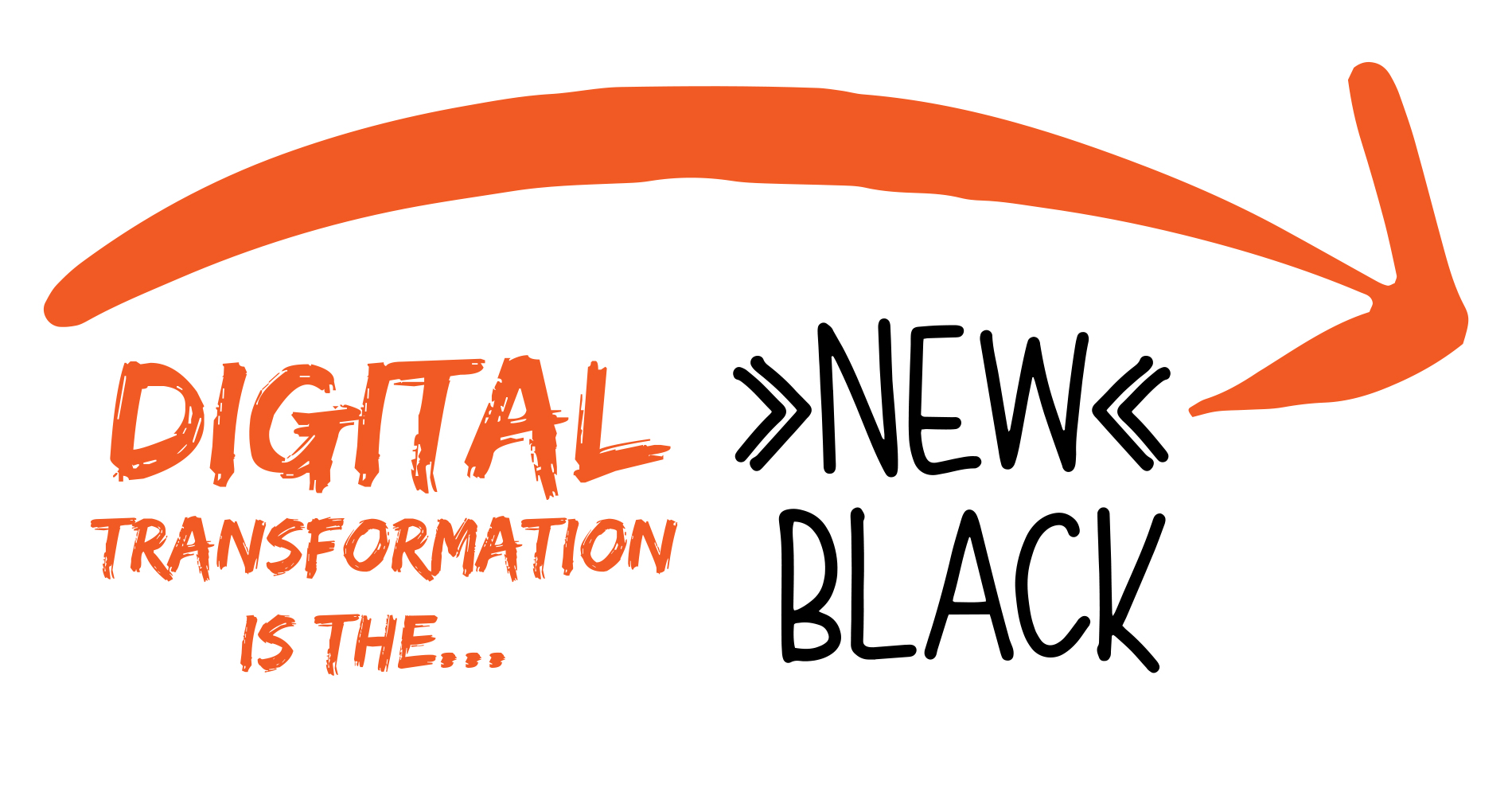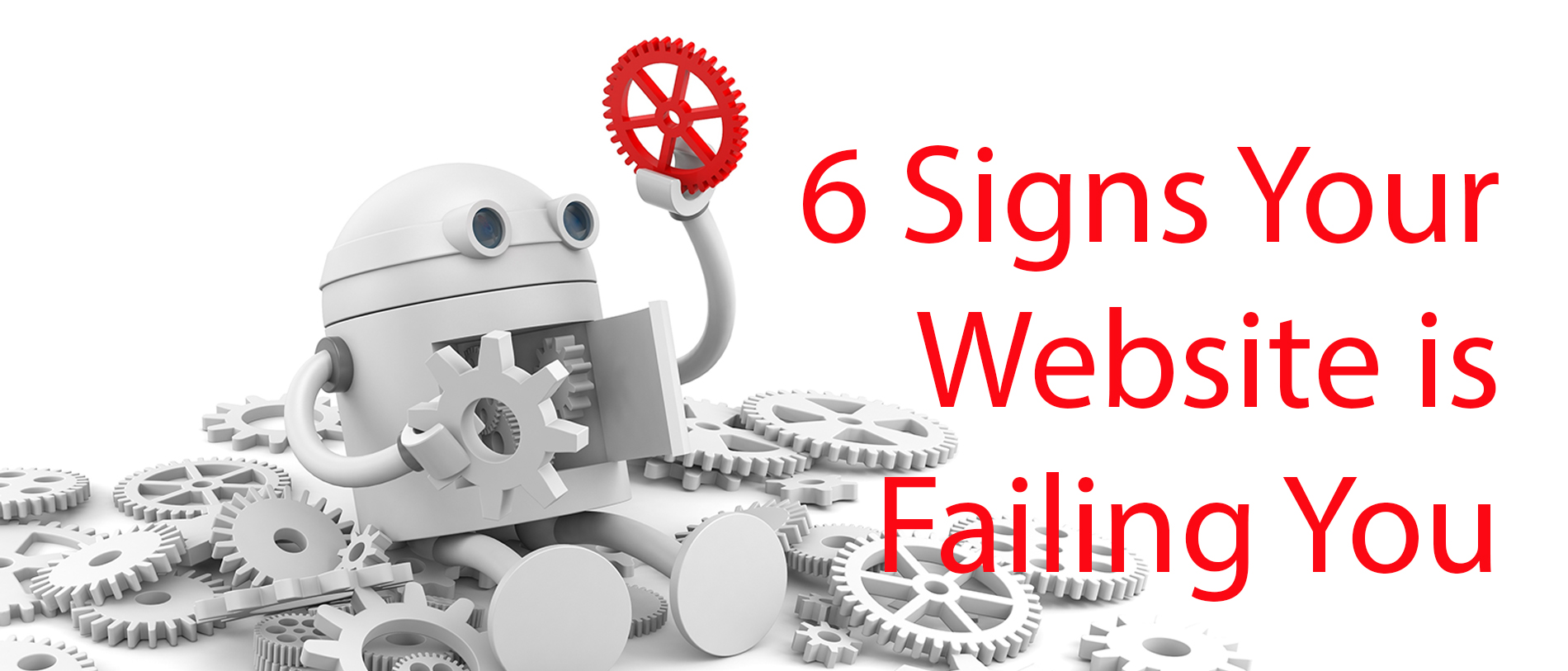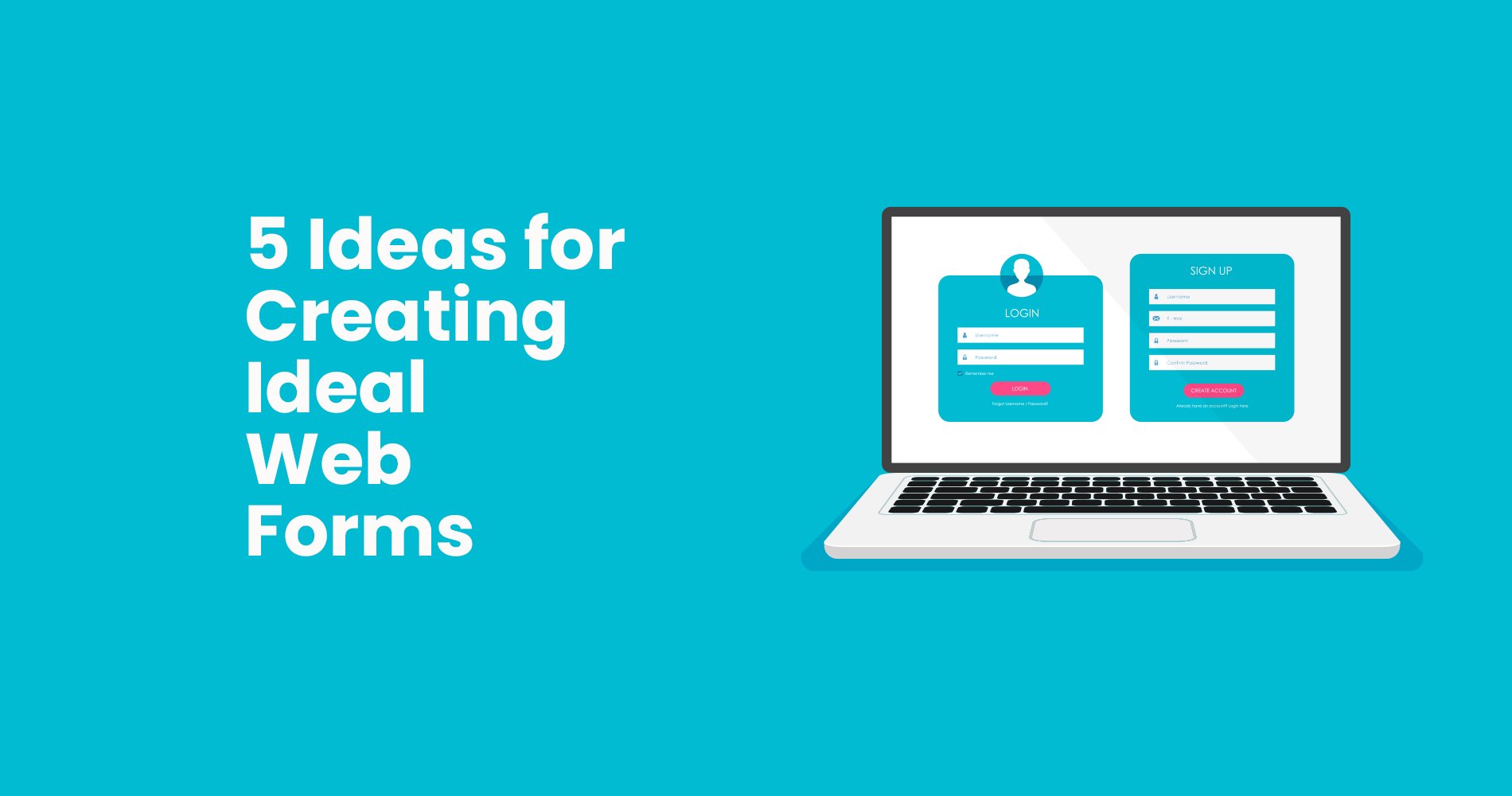The digital revolution that has been sweeping the world over may have happened at lightning speed, but it hasn’t torn down traditional brick-and-mortar businesses so much as changed them in a way that makes them an integral part of how we buy and sell goods. Today, having a website alone is not enough for any business, no matter their size or location. Businesses that want to succeed in 2023 won’t just need a website – they will need a solid online presence across several social media platforms and other venues where consumers are apt to go shopping.
Technology is ever-present in the modern era and a business must have an online presence. So having a website and Facebook page can be useful, but not as useful as actually leveraging technology in the service of building your business. Here at Real Inbound, we understand that digital transformation is vital for businesses both large and small to stay relevant in this ever-changing marketplace (more on why below). Our approach aims to take into account the unique challenges plaguing each industry by providing customised solutions that allow companies to reach their full potential.
How Does Digital Transformation Work?
Although digital transformation is a term that's thrown around rather freely, you may be surprised to learn that it is the essence of what many businesses are seeking to achieve. Digital transformation can be defined as a shift in both business and consumer behaviour with emerging technologies providing speedier ways for interactions to occur between both parties. By leveraging these digital tools, businesses and consumers alike are altering how they engage with others effectively in the "real" world, including self-checkout stations, fingerprint scanners and biometrics, location-based business search systems, and much more.
In essence, digital transformations transform the way businesses provide value to their customers and streamline their processes.
Is Digital Transformation Necessary for Businesses?
Primarily, businesses are much more manageable when they go digital and become paperless. The younger mindset of the millennial generation is to expect things to be located online. And with new technology becoming more easily accessible through an internet connection rather than a physical one, companies can expand their reach while also streamlining their process of communicating and interacting with customers.
Though some firms already have digital management such as social media scheduling tools, instant messaging apps, and Standard Operating Procedures (SOP) documents, many lack solid digital processes in place because they are typically dependent on physical meetings and thousands of pieces of paper scattered everywhere due to a lack of consistency and focus between team members in the workplace.
A shift to digital processes makes it easier to conduct large-scale business tasks. For instance, online databases that sort and catalogue customer information make it easier for businesses to collect vital data. Automation tools are another example of a digital process that takes over day-to-day activities and allows employees to focus their efforts on more pressing tasks instead. One-way companies can meet customers’ expectations is through having optimised Google My Business profiles where they include relevant information like hours of operation, the types of services offered, photos, and other important details necessary in convincing consumers to try a given business out! The use of chatbots is also a great example of how technology has made it possible for many businesses around the world to deliver service with finesse by responding to consumer inquiries over Facebook Messenger.
In addition to the increasing efficiency of online businesses, customers will likely begin to prefer conducting business through online portals as opposed to other more traditional means. As a result of the COVID-19 pandemic and other global trends beginning earlier in the decade, companies around the world have already pivoted from traditional distribution channels to digital ones to ensure that their services continue running despite the physical devastation wrought by these pandemics or natural disasters and supply chain disruptions. Since many industries have adopted an infrastructure that can deliver and support services at a distance, businesses will likely find themselves having a competitive advantage over rivals who haven’t yet caught up with the technological transformation offered by this new business model!
More than 70 percent of businesses today believe that the shift to digital is worthwhile. It is either already in place or they are working hard to implement a digital strategy. Here's a roadmap you can use to implement your strategy, no matter if you're already in business or looking to start:
Digital Transformation Roadmap
Whilst you're creating your strategy, you can ask yourself where you plan to go using the Digital Transformation Timeline Planner. This template will enable you to break down your plan into seven weeks and help to schedule your transformation roadmap with all the relevant information such as benefits, what needs to be achieved whilst transforming your business, the resources that are needed, and key stakeholders. You should be able to see where things are going and stay motivated throughout those next essential steps in the process of executing this big change.
In week one, you will gather existing advertising and marketing materials on paper, while in week two, you'll transfer your business online. As you transition, these small steps will help you remain organised and fit into your busy schedule.
In week two, the focus will be on data migration. A CRM, such as HubSpot, keeps business data and customer profiles in an easily accessible database.
By week three or four, your website should be up and running, with marketing resources at your disposal to find out more about your visitors.
The latter half of the weekly plan focuses on increasing your online presence. This template can help you organise your new digital shift into areas instead of doing one big push at once that confuses people.
As the week arrives to put up a blog, we want you to make sure you are posting your content on topics that are directly related to the services that your business offers. For example, if you offer SEO services, your content should be centred around SEO tips and other valuable SEO reading material that pertains specifically to the company. The goal is for people looking for specific information about your service or product to find it through your website. It will help raise awareness of what sells in your niche.
By now you've already acquired a good number of leads through the phone calls and emails you've been doing earlier in this process but it's also important not to lose track of them either as they can be just as valuable seed money into helping further grow your sales pipeline once they become customers of yours.
In week six, your sales process should be digitised. Keeping track of your contacts and your conversations is easy with online sales tools.
By week seven, emails and paid advertisements should be working. You can test out paid advertisement software using the email software you choose. By the end of next month and a half, virtually all of your business activities will be digitised.
Be it an SME or a corporate organisation, this template is unique and gets you started with your business transformation. It also allows you to have flexible adjustments as your business grows in size and scope of operations. The document itself can be used for multiple purposes across your organisation like problem management, issue tracking, and more. Once complete, you will be able to create an actionable list of technologies that would help you succeed with your company’s digital journey toward change management! Some cool technology choices for change include:
Digital Transformation Tools
How you choose to transform your business depends on a range of factors, including what kind of goals you're looking to achieve and how far along you are in the process. There are many different platforms available to help you succeed and meet your objectives but here we’re going to focus on a few multipurpose tools that can benefit any kind of enterprise, big or small.
- Instant Messaging
Consider using an instant messaging service like WhatsApp or Slack instead of a long email thread or meeting for something specific. This is a great way to keep communication lines open but can also be used to see who is available on any given day. Just think of it as the office water cooler – just online!
- Application Tools
If you're looking to hire, you'll be hard pressed to find a better pool of qualified candidates than the kind found on LinkedIn, a professional networking site. But you might have your eye on even more potential employees who don't regularly frequent websites such as LinkedIn for work-related purposes. Finding these people can be difficult, but fortunately, there are other channels through which you can reach them.
For example, it pays to share job opportunities with people in your existing professional network because they may know someone who fits the bill. It's also valuable to spread the word through personal connections; using your close ties is one way to go about finding promising candidates. You might also post advertisements on sites where customers (to whom your services/products could appeal) or other professionals visit or engage since potentially suitable candidates—particularly if they happen to be younger and tech-savvy—may pay attention here.
- Sales Management
Aside from the more tangible products, service offerings, and components that you may be offering to your clients, sometimes your best sales tool is good CRM software. One of our favourites is HubSpot but there are many other options as well. The point here is to show how easy it can be for you to keep track of all your leads using a platform like this if you find yourself unable to manage an excel spreadsheet on your own.
- Standard Operating Procedures (SOPs)
Standard Operating Procedures are important for any business of any size. They might take a lot of time and steps to get things done and that can be very cumbersome. To streamline some of the processes in your company and cut down on time, try writing up some SOPs digitally or even as part of your helpdesk ticketing software. This will make it easier to spot and fix issues if they pop up again in the future while making redundant tasks like training new employees or onboarding much more efficient!
- Customer Relationship Management (CRM) Software
Your digital business is going to need a lot of support. One of the best ways that you can obtain this support is through the use of a CRM. Your new CRM comes equipped with three different modes for handling your business-related needs. Whether you're trying to create more efficient sales processes or streamline your customer support service along with other involvement factors within your marketing efforts, a good CRM will provide the help you need.
- Video Chat Software
You can use video conferencing to hold virtual meetings. When you are out of town, this is great for staying in touch with the rest of your team and participating in a meeting. More businesses are implementing a virtual workplace where employees telecommute to work. A web-conferencing solution like Skype or Zoom will allow remote workers to stay connected - even when they don't share a physical location!
Marketing has changed and so must companies along with their strategies. Digital transformation is how you keep yourself from going under and helps you to succeed further in every way! There are many opportunities out there for businesses to take advantage of but adapting to the times can be difficult. It’s helpful to know that others have previously taken these steps and taken the time and care necessary to show what it takes. That being said, below are some digital transformation developments that your business can learn from:
Digital Transformation Trends
Many organisations are jumping on the bandwagon of transformation this has been a global trend for the past few years and it shows no signs of slowing down. We've heard that some businesses have already started their move towards increased efficiency or creating a better customer experience through technological means and we want to take a look at some trends which could help your business succeed in this area now and shortly.
Digital Operating Model Adoption Is Accelerating
With the introduction of COVID-19 and all its effects, businesses on a whole had to adapt to new models or methods for conducting business that is carried out online. Since the pandemic was somewhat unpredictable, many industries were forced to scale up their processes or shift to work from home working models so as not to be affected by the outbreak in any way.
Many companies are now automating their customer support via chatbots. For organisations that are in the food and grocery industry, online shopping is helping them make achieving a sustainable business model attainable. There was recently a COVID-19 outbreak affecting several states - which meant the business of delivering food and groceries could no longer happen as usual. The changing circumstances called for adaptations across the industry to ensure survival, i.e., tying up some loose ends that were getting neglected due to the overwhelming need to prepare for reopening or updating store inventories. Some businesses opted to temporarily close their stores while others opted to update their plans depending on other priorities like updating security measures or cleaning up supplies, they realised they needed more than before due to shortages caused by the recent holiday rush.
AI and Machine Learning
Now more than ever, consumers expect personalised experiences. Four out of ten customers have switched companies due to poor personalisation, which is a driving force behind customer loyalty. Your customers don't just want you to address them by name when they call; they want you to anticipate their needs before they know they have them.
One of the main uses of an artificial intelligence platform is to create personalised and customer-tailored experiences. Netflix's algorithms are a great example of this. Some businesses rely on their customers sharing certain data such as their likes, dislikes, and content rating to better serve them with customised recommendations. According to research done by McKinsey Analytics, this can increase productivity by up to 14%.
Take for example if your business has a database that needs cleaning up or would benefit greatly from being organised in a certain way, you might offload that burden onto a piece of software that can organise it for you. Other times, companies don't necessarily take on too many tasks but may automate simple processes that people tend to do themselves like updating social media profiles via posting or scheduling messages in advance. It saves time and increases productivity!
Location-Adaptable Technology
Businesses in 2020 established that remote working is advantageous to employees and customers. Business owners are wary about the losses associated with having to pay real estate rent for offices which means that most of their employees may be scattered around different parts of the city or country.
Having multiple people working remotely on a particular project has proven to be an effective way of running a business because these telecommuters as they are called, take over some of the workloads in an organisation. Some companies have introduced this remote-working culture in their marketing teams and customer support groups so that they can tend to clients round the clock! Some individuals have done quite well for themselves by specialising in providing remote support, readily available via phone or online chat 24/7.
Application Programming Interface (API) Security
With the advent of digital transformation with API security being a recent trend, digital processes are now more prevalent than ever. As an entrepreneur, you’ll need to ensure that your technology is working correctly for every entity in your company, from employees to clients. Slack is one of the digital techniques that you're using to help facilitate communication between your users and employees via an internal messaging application and chatrooms so they can communicate quickly and effectively (for example if they have an issue or question, they need help with), but how do you keep this information safe?
API security involves employing techniques that ensure your vulnerable data is safe and secure from both online criminals and external dangers, like encryption solutions and two-factor authentication.
As a business owner, you place a lot of trust in API providers to ensure that your data remains private and that only you are given full agency over what is made available or not made available to the public. This means that if someone were to go out shopping with your credit card details, they want to know that their financial information is no longer with them but still available for use as needed. The same applies to many applications people download onto their phones for ease of access and quick services; if API security isn't up to scratch, consumers won’t use it because they don’t feel safe using it.
Embrace The Digital Transformation
Now more than ever, traditional businesses must have the ability to meet customers online. Digital Transformation is caused by businesses starting to use technology to solve traditional business problems and enhance customer experiences. The most crucial thing to remember when working with a digital transformation strategy is that it all comes down to meeting the needs of your customers.
Create a strategy for digital transformation. Research tools that can help and learn what trends are driving change in other companies to be one of these businesses. No matter what the future holds, being prepared will put you on the path to success.





